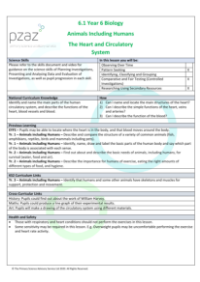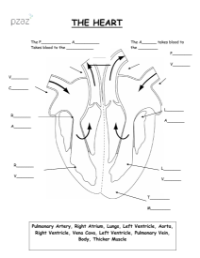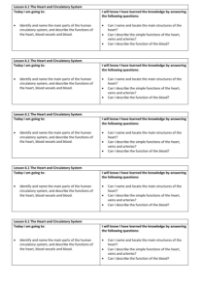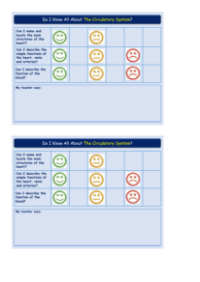The Heart and the Circulatory System - Results Tables

The exploration of the circulatory system includes practical experiments to understand the functionality of the heart. One such experiment is designed to measure the efficiency of a heart model by determining 'How Much Blood Can a Heart Model Pump?'. In this experiment, a heart model's performance is assessed over various time intervals—15 seconds, 30 seconds, 45 seconds, and 60 seconds. For each time interval, the volume of blood pumped is recorded across three attempts, and an average is calculated to provide a consistent measure of the heart model's pumping capacity in millilitres (ml).
Another key experiment investigates 'What is the Effect of Exercise on Heart Rate?'. This involves monitoring the heart rate, measured in beats per minute (bpm), at rest and then at one-minute intervals during exercise, up to ten minutes. By recording the heart rate at these intervals, the experiment aims to demonstrate the changes in heart rate induced by physical activity, reflecting how exercise influences the circulatory system. The data collected from this experiment can be used to analyse the relationship between exercise and cardiovascular response, highlighting the heart's adaptability to the demands of physical exertion.






